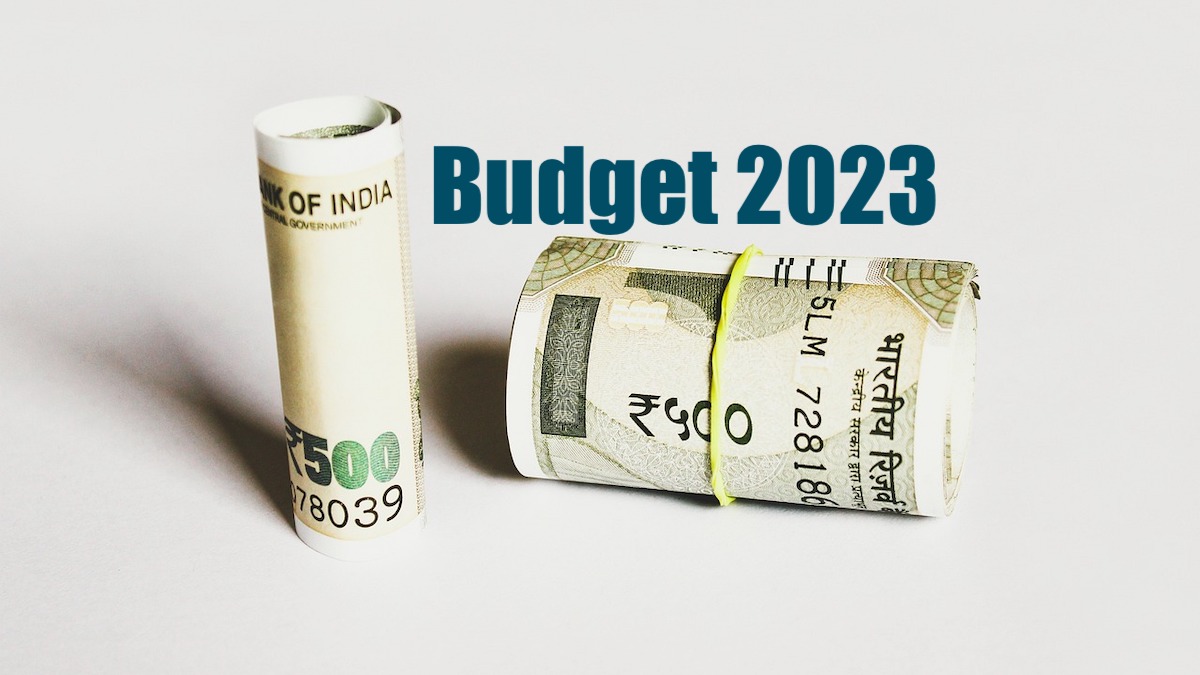


The “Amrit Kaal” Budget presented by Finance Minister Nirmala Sitharaman has reaffirmed that the Central government led by Prime Minister Narendra Modi keeps its focus on well-being and welfare of the middle class and farmers of the country.
Apart from unfolding measures and steps to address problems being faced by the poor and the farmers, the Modi government’s budget has taken good care of the middle class. All this has come on the expected lines. Prime Minister Narendra Modi’s statement that came after the presentation of the budget in Lok Sabha was selfexplanatory. Lauding the budget, PM Modi said that: “It will fulfill the dreams of the aspirational society, farmers and middle class.” “The first budget of Amrit Kaal will build a strong foundation for building a developed India.
This budget will fulfill dreams of aspirational society including, poor people, middle class and farmers,” remarked the PM. The middle class is a big force to fulfill dreams of a prosperous and developed India and our government has taken many decisions to empower it, he further added.
What PM Modi said is the portrayal of how his government is putting primacy on the middle class and farmers. And what the budget came out with is the reaffirmation of the Modi government’s middle-class and farmers’ centric approach. Sometime back, Sitharaman had herself stressed the importance of the middle class, calling this section a crucial piece of the puzzle to boost India’s speed of development and prosperity.
The middle class, which was one of the worst hit sections due to the pandemic and soaring inflation, had high expectations from this budget. And, there was a “balanced” budget that offered a lot that would meet the expectations of this section. As was expected, the budget has provisions that would leave more savings in the hands of the middle class, which would result in boosting consumption and demand.
This is a much-awaited measure to give further impetus to the growth campaign being carried out by the Modi government. One of the steps in this direction is increase in rebate slab to Rs 7 lakh along with other shake-ups to the new tax regime. Bringing respite to the middle class and salaried class, the Finance Minister raised the rebate on income from Rs 5 lakh to Rs 7 lakh. It means there will be no tax on the income up to Rs 7 lakh.
This is a step to reduce burden on the salaried class. What needs to be lauded is that the FM also proposed to hike tax exemption on leave encashment on retirement of non-government salaried employees to Rs 25 lakh from Rs 3 lakh. At the same time, in what augurs well for the economy, the MSME sector has also been given a boost with a revamped credit guarantee scheme and an additional Rs 9,000 crore outlay.
It is also a positive move that the goods being used mostly by the middle class and lower middle class sections would now be cheaper. These goods include automobiles, mobiles and electric vehicles. Undoubtedly, the middle-class dream of home ownership has become a reality over the past few years. Giving the housing for all ambition a further big push, the Modi government has increased the outlay for PM Awas Yojana by 66% to over Rs 79,000 crore.
This step is laudable in terms of addressing the housing problems for the middle, lower middle and poor classes. There is no denying that the budget has a clear and an unambiguous focus on inclusive development and reaching the last mile. Parliamentary Affairs Minister Prahlad Joshi is bang right when he says that this is a “pro-poor and pro-middle class” budget.
Definitely, the last budget of the Modi government 2.0 has brought cheers to India’s middle-class as the people have a lot of good stuff to hail. The focus on infrastructure and agriculture is also going to boost employment in urban and rural regions of the country. Experts say that the infrastructure development initiatives open up new opportunities for the jobs. Similarly, the government’s focus on agricultural growth will give further push to the rural economy.